As an HVAC Pro, These Are the 5 Biggest Heat-Loss Mistakes I See in American Homes – Here’s How to Fix Them Fast
These simple steps will reduce energy bills and boost heat retention by up to 30%


Chiana Dickson
As an HVAC professional, I see the same heat-loss mistakes in homes all over America, leaving people shivering, frustrated, and paying far more than they should.
From unsealed crawlspaces to leaky HVAC ducts, small oversights can add up to energy wastage.
Luckily, each of the five most common heat-loss mistakes is easy to fix, will make your heating more efficient, and save you some money throughout cold winters.
5 Heat-loss Mistakes I Always Spot in American Homes
1. Unsealed Crawlspaces
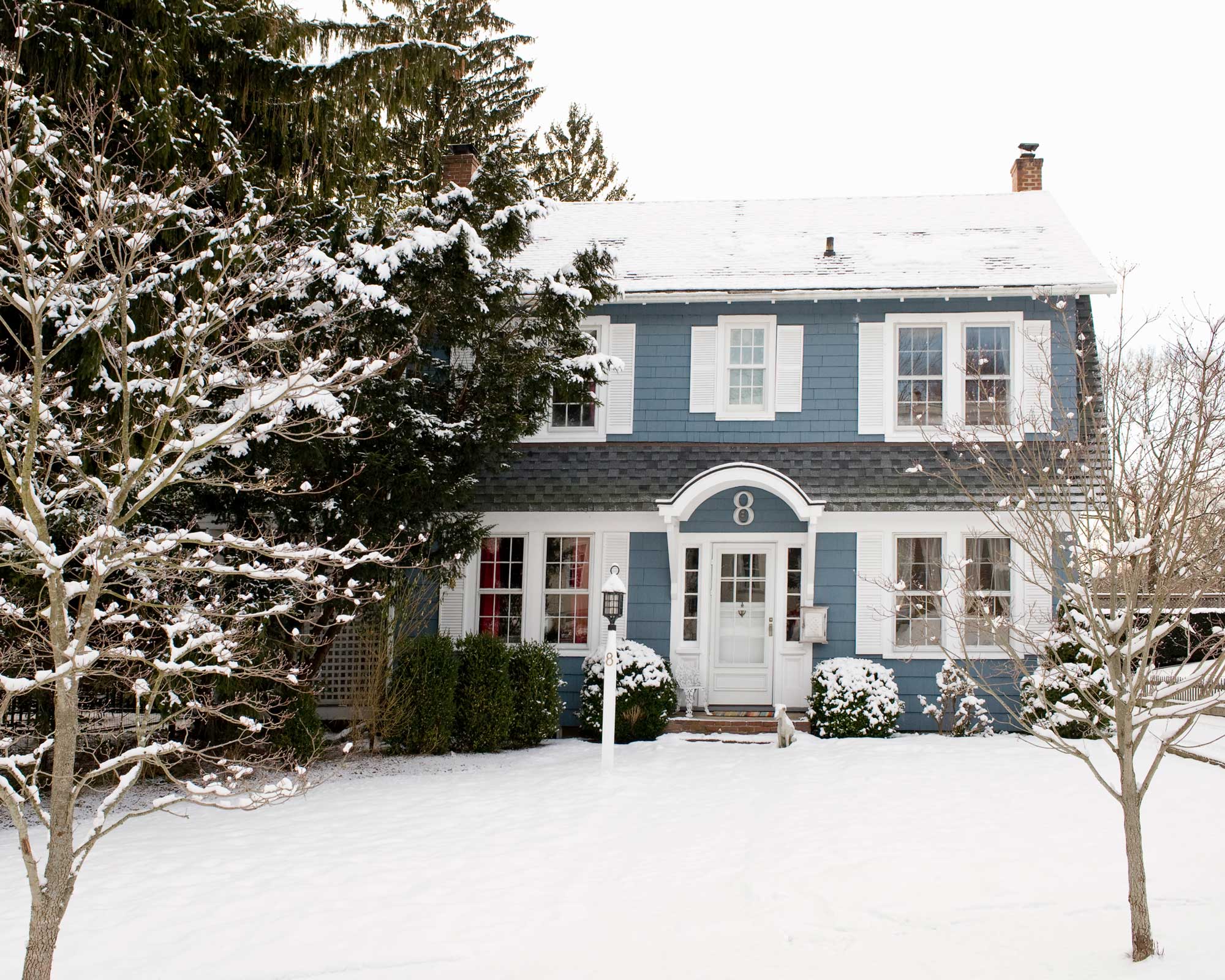
An unsealed crawl space could also cause damp problems.
I've seen a lot of HVAC units and associated elements across US homes as the founder of Air Conditioner Lab, and crawl spaces are one of the worst offenders for problems in a cold home.
In winter, vents and uninsulated crawl spaces act like a cold sponge under the house. Air seeps in and chills the floor above. If there’s exposed dirt, that moisture pulls even more heat from the air.
Insulating a crawl space is your best bet. Sealing vents with foam panels (available at Lowe's) and laying down plastic sheeting (6-mil, also from Lowe's, works well) helps block airflow and reduce heat loss. Some homeowners see a 15% difference in their heating bills after sealing their crawlspaces alone.
2. Leaky HVAC Ducts

Maintaining your HVAC system can cut your energy bills.
You need to do more than just clean your HVAC system to keep it in good condition. Regular HVAC servicing is also a must if you want to cut energy bills. This can point out any leaky ducts that could be causing heat loss.
Design expertise in your inbox – from inspiring decorating ideas and beautiful celebrity homes to practical gardening advice and shopping round-ups.
Ducts that run through attics, crawlspaces, or garages tend to leak the most. Warm air escapes through those small seams and never reaches the rooms it’s supposed to. I’ve seen cases where 20-30% of the heated air is lost this way.
Luckily, in most cases, you don’t need to replace the ducts. Just seal them with foil-backed tape from Amazon and mastic, from Lowe's. The biggest improvement usually shows up in rooms farthest from the furnace.
3. Attic Hatches

Even converted attics can sap heat from lower floors as it rises.
Many people focus on attic insulation but often overlook the attic hatch. If it’s unsealed or not insulated, it becomes a vent for rising warm air. I recommend adding foam weather stripping from Amazon around the edges and placing rigid insulation directly on the back of the door. This minor fix can prevent 20-25% of heat loss in that spot.
If you have pull-down attic stairs, adding an insulated zippered attic tent from Walmart makes a difference. These create a sealed envelope around the opening to stop warm air from drifting upward. They’re especially useful in homes where the attic access is near the main living space.
4. Worn-Out Weather Stripping

Creating tighter seals around windows and doors reduces air transfer for a warmer home.
It is all well and good to draft-proof your home once, but these additions need maintenance to remain effective and continue to prevent heat loss.
Exterior doors and windows can become drafty quickly, especially in older homes. One simple test is to hold a stick of incense by the edges. If the smoke pulls inward, there’s a leak. Replacing the old strips with new rubber or foam weather seals takes under 30 minutes and stops heat from leaking out around the frame.
You can find self-adhesive rubber weather stripping at Walmart.
5. Recessed Lighting

Recessed lighting can leave small gaps for heat to escape through.
Who knew that your lighting ideas could play such a large part in heat loss?
Recessed can lights, especially older ones, leak a surprising amount of heat into the attic. However, if they’re not rated for contact with insulation (IC-rated), you can’t safely insulate around them. Swapping them for modern LED retrofit kits from Amazon helps seal the opening and also reduces electricity usage. Some homeowners also install attic covers over them for extra insulation.
If you are not sure what type of lights you have or how to replace them, you can call a pro who can assess and complete any electrical work safely for you.
What to Shop
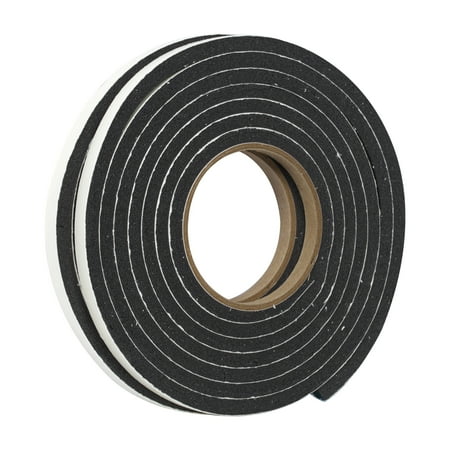
This self-adhesive foam weather stripping is super simple to apply around your windows and doors to create tighter seals and reduce heat loss.
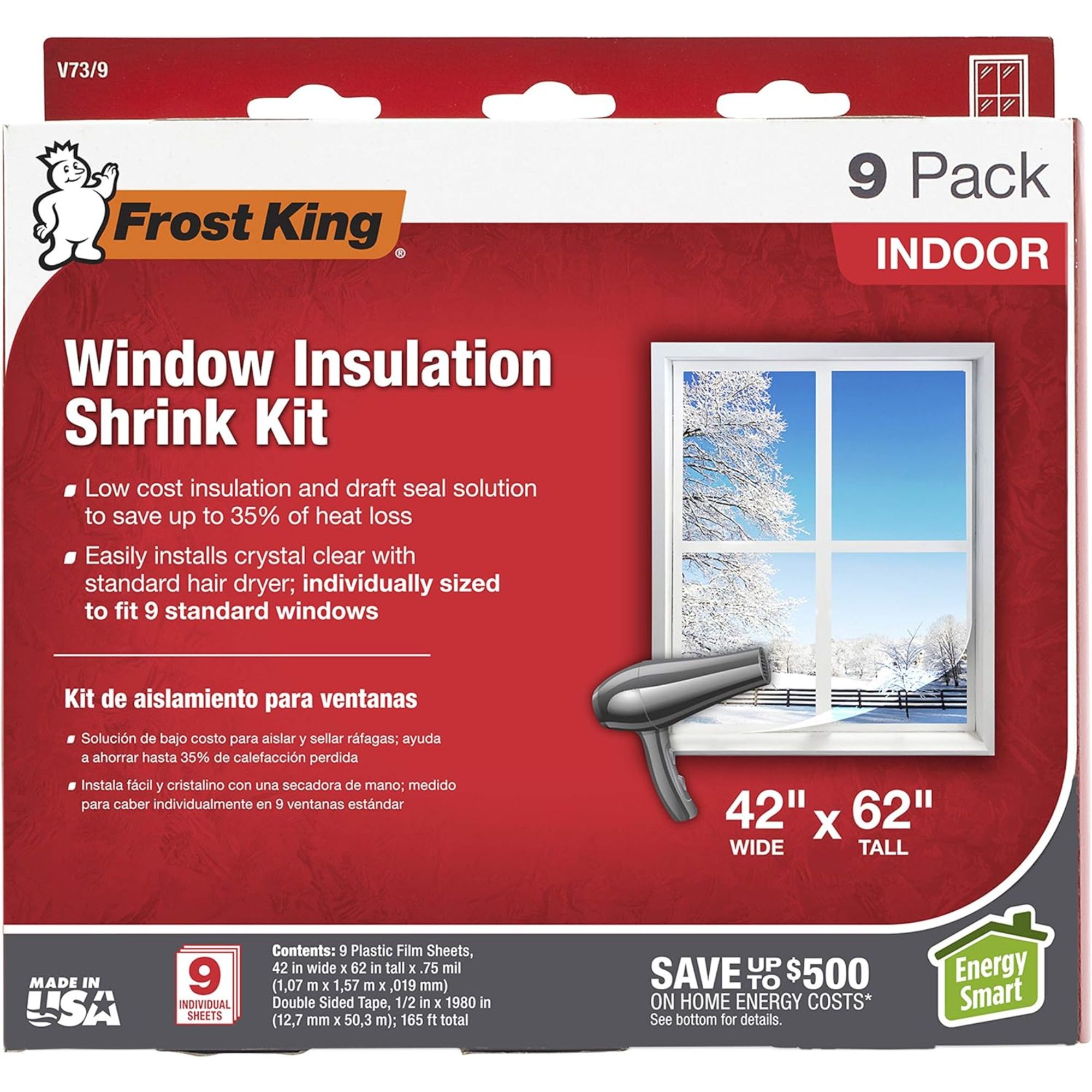
Window film adds an extra insulating layer to your window panes, limiting air transfer for a warmer home and lower energy bills.
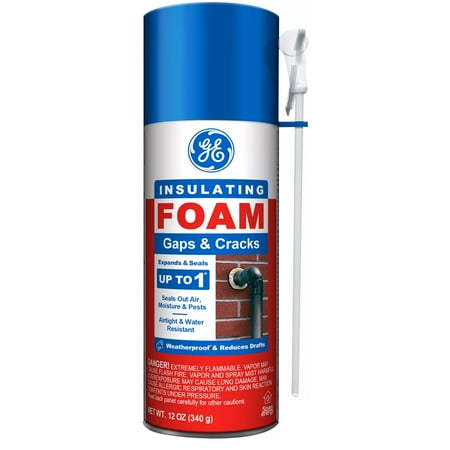
Insulating foam expands on application to fill gaps up to one inch in size, preventing air transfer to reduce heat loss quickly.
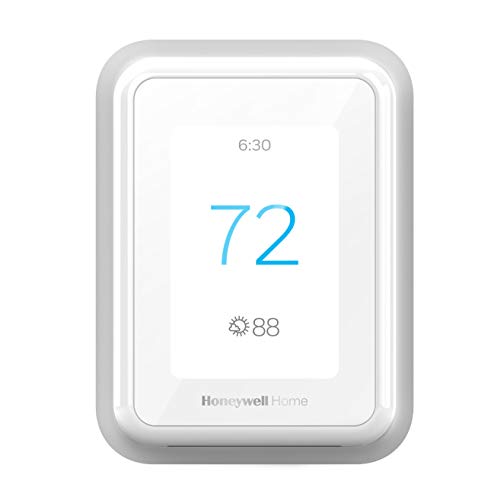
This model includes room sensors to prioritize heating in occupied areas, adding comfort and efficiency, helping to make your heating more efficient, reducing unnecessary wastage.

When closing your home up to keep heat in, you need to pay attention to indoor air quality. This large room air purifier cleans rooms up to 1,000 sq ft in one hour, so you can keep your windows closed to stay warm.
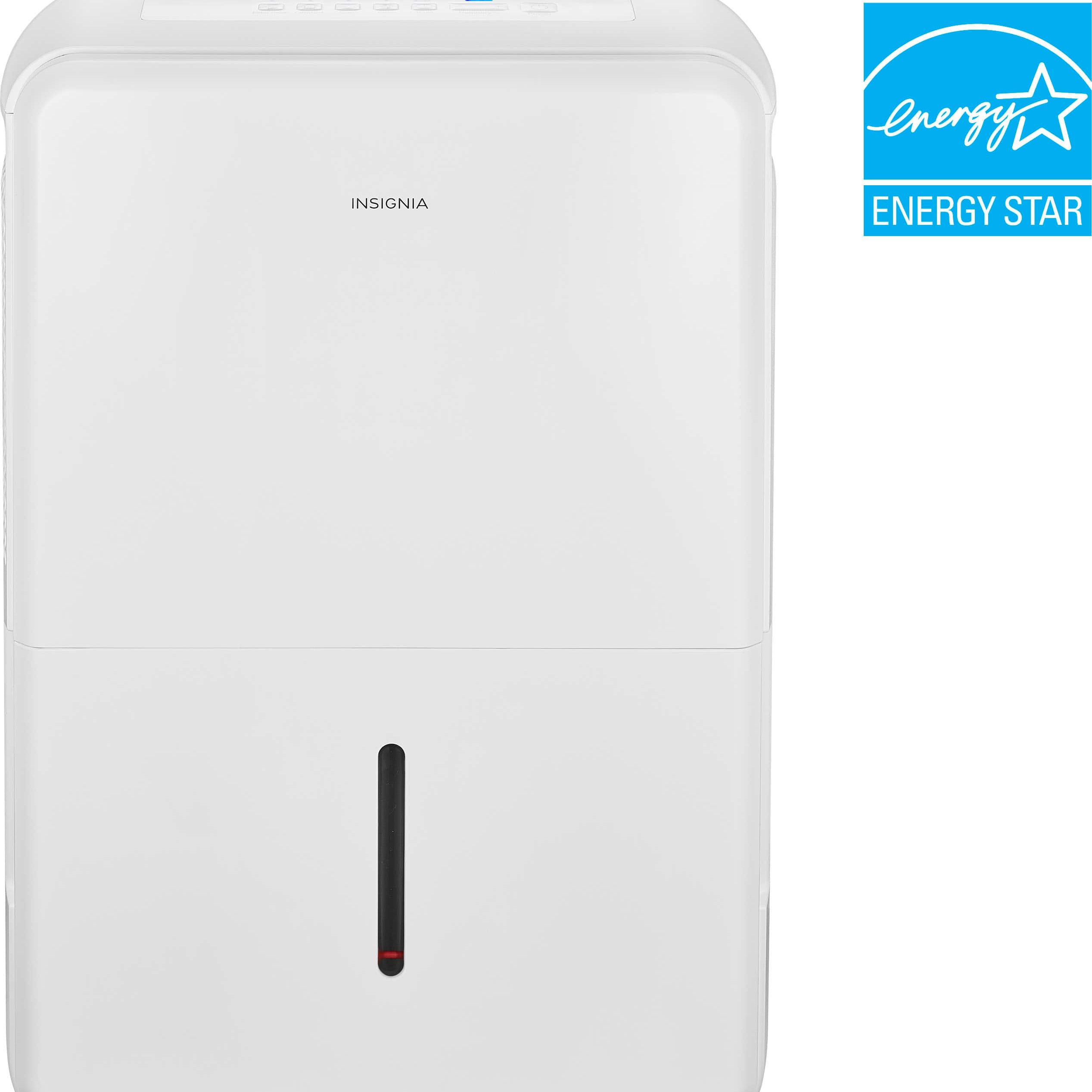
A damp home is far harder to heat than a dry one. This handy dehumidifier can help to control humidity in a house when your windows are closed all season, reducing the risk of mold while making it easier to keep warm.
Even in a perfectly insulated home, there are some things that could be making your heating system work harder, ramping up bills unnecessarily. Fix these, too, for more affordable bills and a more comfortable home.

Josh is an experienced HVAC technician and owner of Air Conditioner Lab, an online resource on heating, cooling, and energy efficiency.
- Chiana DicksonContent Editor
You must confirm your public display name before commenting
Please logout and then login again, you will then be prompted to enter your display name.